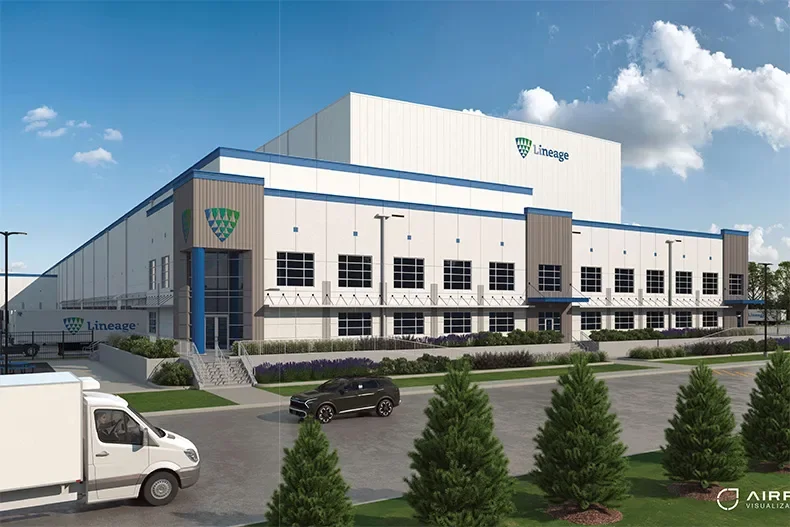Straub Construction is celebrating 100 years as a Kansas City community cornerstone this week while simultaneously unveiling a new company brand in honor of its centennial anniversary.
The rebranded identity and tagline - Believe in What You Build - is an appropriate reflection of Straub’s devoted partnerships and decades over decades of building a long-standing, successful construction firm.
“Our new brand reflects our focus on building communities. As a building leader who advocates for a healthier, more fulfilled community, we focus on creating partnerships with purpose-driven clients who share our vision to serve others,” said Ernie Straub III, chairman & CEO.
Ernest J. Straub, Sr. began the journey in 1920 building churches, schools and homes in the Mission Hills, Kan. area. One hundred years later, Straub Construction continues to carry on his legacy of building Kansas City communities through structures that serve others.
Impactful community projects, such as the revitalization of the Crossroads Art District neighborhood’s Corrigan Station and The Creamery Building; new Science City exhibits in Union Station; the Edgar Berkley residence, the residence of Henry Sophian and the remodel of the Stover Mansion, a beloved Mission Hills landmark, are just a few included in the firm's impressive portfolio.
“We measure our success by the lives we impact, not revenue. By 2028, we’ll impact at least 120,000 families weekly with the structures we’ve built, and we’re hoping to grow that number," said Dan VanDonge, vice president of operations for Straub.
Straub’s legacy continues to date; with current and recently completed construction projects such as the Avila Goppert Performing Arts Center, Park University Plaster Center, Ft. Leavenworth Transient Barracks and the St. Elizabeth Catholic School & Parish.
“We advocate for our clients at every step in the construction process; not because it earns more dollars, but because it drives this larger purpose forward,” said Parker Young, Straub president.
Headquartered in Shawnee, Kan., Straub Construction also has an office in the Crossroads Arts District in Kansas City, Mo.







